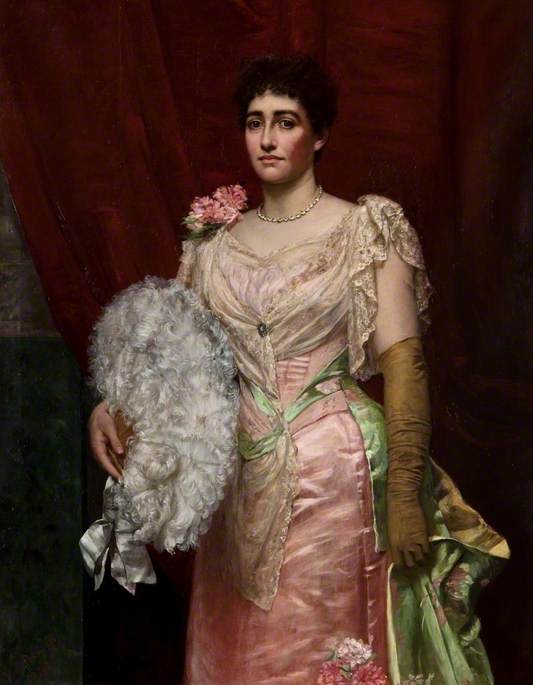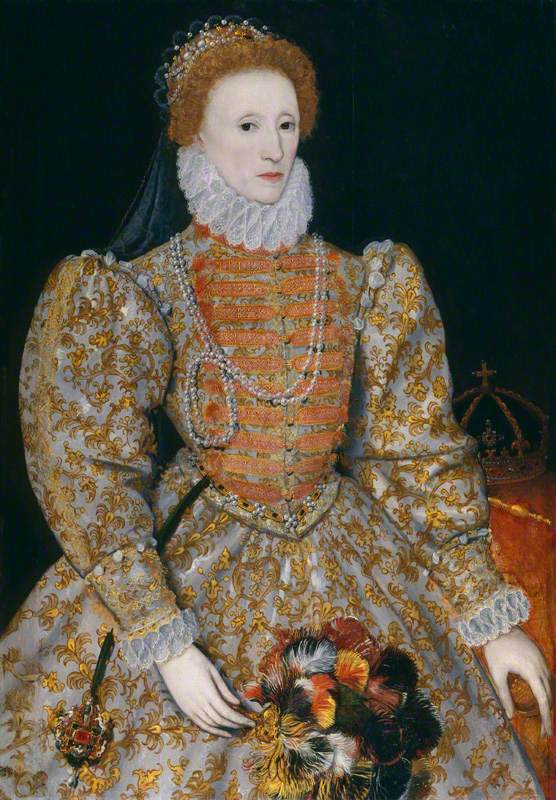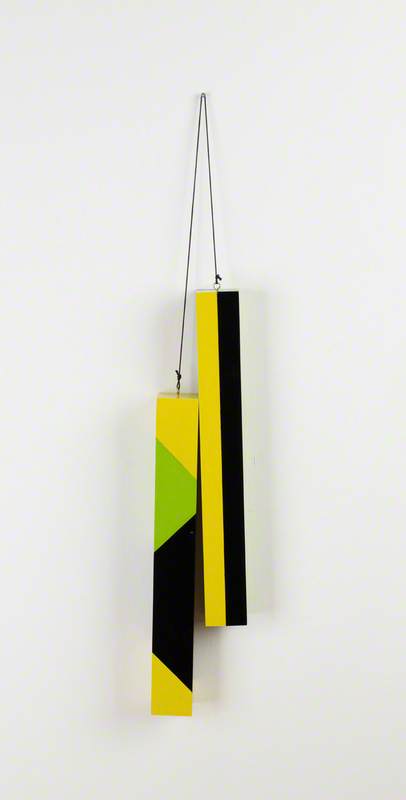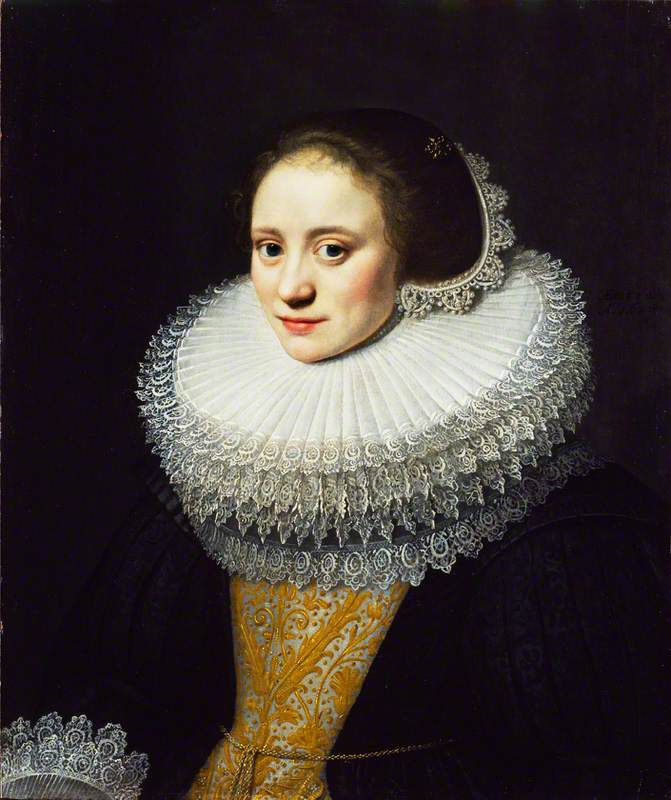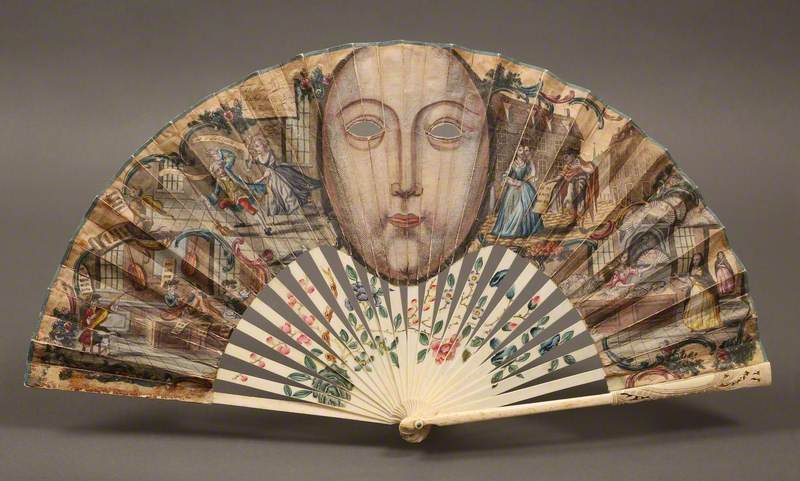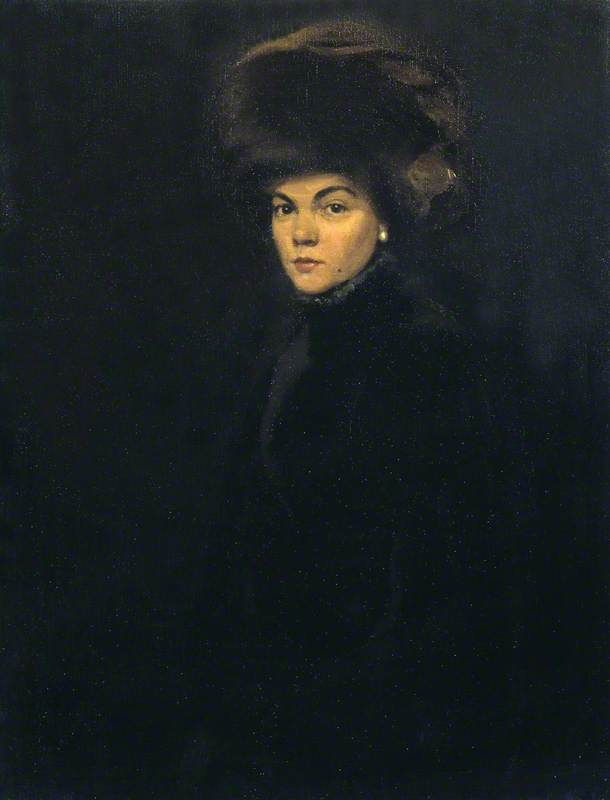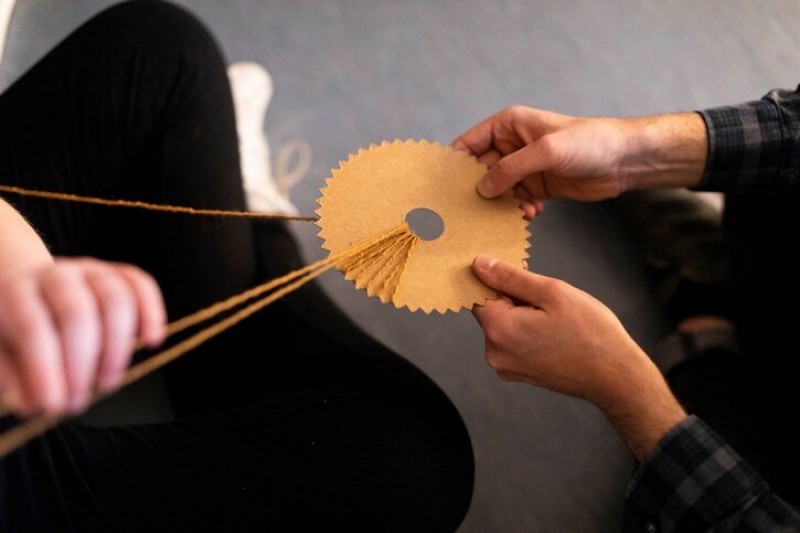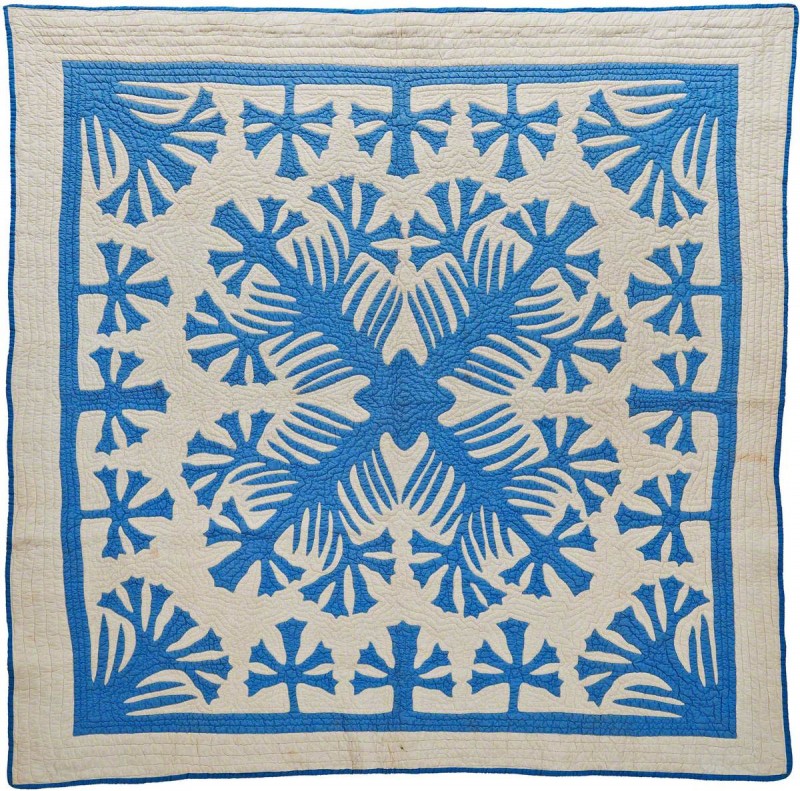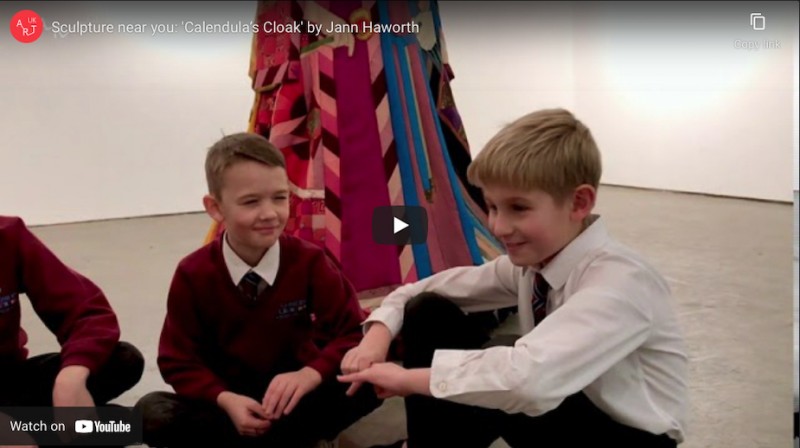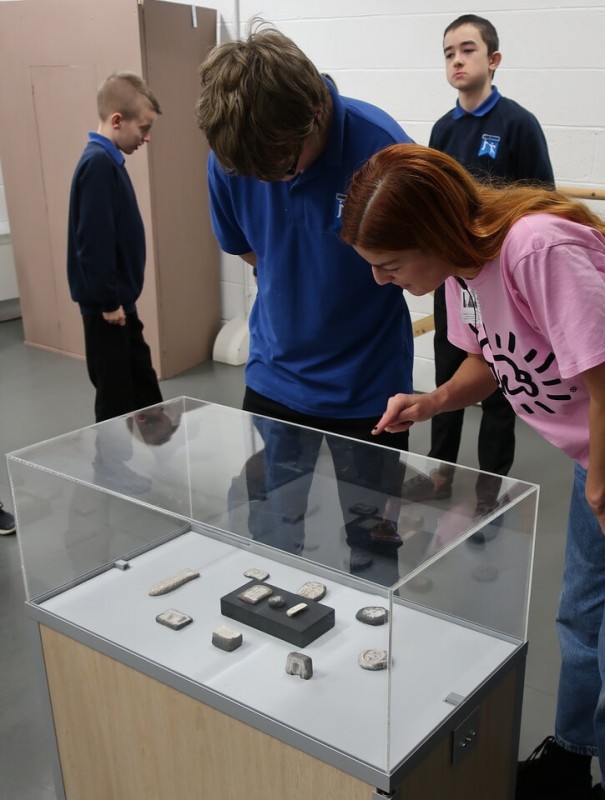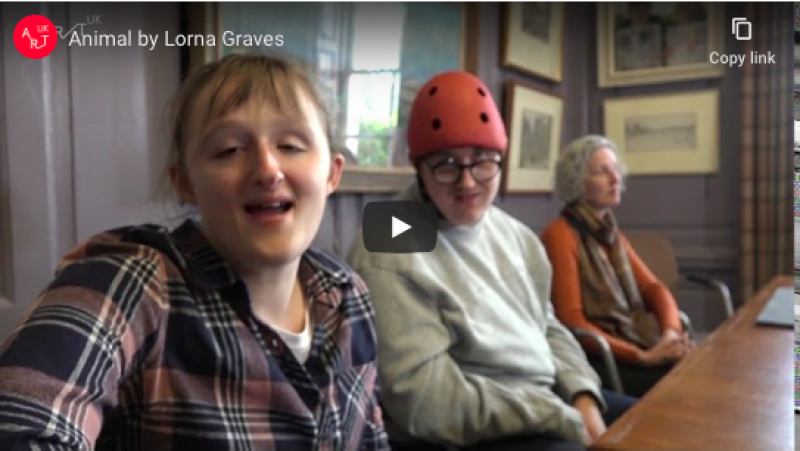Expressive Arts
Progression step 4:
- I can explore creative work, understanding the personal, social, cultural and historical context, including the conventions of the period in which it was created
- I can investigate and understand how meaning is communicated through the ideas of other artists and performers
- I can effectively evaluate my own creative work and that of others showing increasing confidence to recognise and articulate strengths, and to demonstrate resilience and determination to improve.
- I can apply knowledge and understanding of context when evaluating my own creative work and creative work by other people and from other places and times
- I can use my experimentation and investigation to manipulate creative work with purpose and intent when communicating my ideas
Progression step 5:
- I can explore and experiment with my own creative ideas and those of others, demonstrating technical control, innovation, independent thinking and originality, showing confidence to take risks and developing resilience in order to overcome creative challenges.
- I can investigate and analyse how creative work is used to represent and celebrate personal, social and cultural identities.
- I can independently research the purpose and meaning of a wide range of creative work and consider how they can impact on different audiences.
- I can critically evaluate the way artists use discipline-specific skills and techniques to create and communicate ideas.
- I can synthesise and apply experience, knowledge and understanding with sophistication and intent when communicating my ideas.
- I can design creative outcomes to professional and industry-standard with sophistication, clear purpose and intent.
- I can consider artistic intent, purpose and audience in an informed way when performing, presenting and marketing my creative work.
- I can use effective strategies to take risks with my own creative work and can display resilience to overcome creative challenges.
- I can evaluate and judge the appropriateness of my creative work in relation to ethical and legal considerations and its effect on participants and audiences.
Humanities
Progression step 4:
- I can use my experiences, knowledge and beliefs to generate ideas independently and frame enquiries, using a range of research approaches when required.
- I can use my experiences, knowledge and beliefs to generate ideas independently and frame enquiries, using a range of research approaches when required.
- I can analyse the usefulness and consider the reliability and validity of a range of evidence relating to my enquiry.
- I can reflect on the approaches I have taken to enquiries and identify areas of improvement for future enquiries.
- I can draw considered and reasoned conclusions to my enquiries while understanding that other people may form different conclusions from the available evidence.
- I can understand and explain how human actions affect the physical processes that shape places, spaces, environments and landforms over time
- I can describe and explain how places, spaces, environments and landforms have changed over time and outline the processes that cause these changes in the natural world.
- I have an understanding of my own and others’ environmental, economic and social responsibilities in creating a sustainable future.
- I can analyse and explain the impact of decisions made by individuals, local, national or global governance, and non-governmental organisations on people, their rights and the environment.
Progression step 5:
- I can independently undertake a range of full and thorough enquiries, selecting the most effective approach and justifying my methodologies.
- I can evaluate and reflect on my findings, synthesise information, analyse patterns and trends, predict possible outcomes (where appropriate), and present well-supported and justified conclusions.
- I can critically evaluate the usefulness, validity and reliability of qualitative and quantitative evidence.
- I can explain and analyse the wide range of interrelationships and interdependencies between human actions and physical processes that shape places, spaces, environments and landforms over time
- I can evaluate the extent to which economic, social, political, cultural, religious and non-religious beliefs, practices and actions have led to changes to the natural world.
- I have built a detailed understanding of what it is to be an ethical, informed citizen and can critically evaluate my role as one, recognising my responsibilities and those of others towards society, the environment and creating a sustainable future.
- I can explain the importance of the role played by groups, governments, businesses and non-governmental organisations in the creation of a sustainable future, and how they impact on people and their rights and on the environment.
Science and technology
Progression step 4
- I can research, devise and use suitable methods of inquiry to investigate my scientific questions.
- I can use my findings to draw valid conclusions.
- I can explain how the impact of our actions contribute to the changes in the environment and biodiversity.
- I can describe the impacts of science and technology, past and present, on society.
- I can adopt an iterative process to improve my design proposals, while minimising their negative impact on the environment and society.
- I can use a variety of design communication methods and techniques to develop and present ideas clearly, and can respond constructively to feedback.
- I can use my making skills and knowledge of materials to produce high-quality and purposeful outcomes.
- I can evaluate and apply responsible habits of working which consider environmental and societal impacts
- I can describe the interdependence of organisms in ecosystems and explain how this affects their chances of survival.
- I can explain how reproduction, mutations and the environment can lead to variation and adaptations within organisms which can affect their chances of survival.
Progression step 5:
- I can link experimental findings and theoretical knowledge to draw valid conclusions.
- I can critically evaluate the quality of data and justify improvements.
- I can evaluate contemporary issues that affect the planet and biodiversity.
- I can evaluate the effectiveness and impact of scientific and technological solutions on a personal, societal and environmental level.
- I can tackle challenging problems, independently and collaboratively, to address wider design requirements in increasingly unfamiliar contexts.
- I can use my making skills and knowledge of materials to produce high-quality and effective outcomes.
- I can apply and justify responsible habits of working which take into account impacts on the environment and society.
